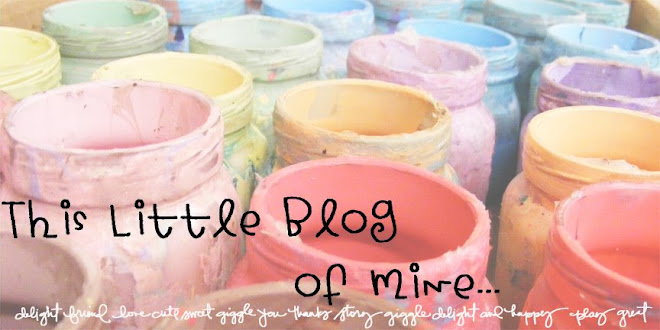First, my mom had just given me a huge bag of hotel soap that had been donated to her during the tornado relief. I knew I would think of something to do with it.
Second, I had intended to do a carving project with the Art Lounge students either incorporating potato carving or soap as a stamp for a 2-D project. I was getting a little sick of 2-D and so were the kids.
Third, my friend, Brandon Nepote was at my house a couple of weeks ago working on some sculptures for an exhibit. He had an old wooden ball bat that used to belong to his sister, as his parents were cleaning up after the tornado, they recovered it and passed it on to a kid in the neighborhood.
Brandon, being the
While at my house, he sawed off the top and bottom and used a wood rasp to add texture to the surface of the bat. Then he covered it with foil tape. Then he spray painted the entire thing....and used sand paper to wipe off some of the paint. I watched, perched on my back steps, sweating as he completely transformed the old bat.
He looked up and smiled, "Faux cast aluminum!" he exclaimed.
You can see the bat in the photo above......it has a question mark sticking out of one end...and an arrow pointing at my
Did I mention that Brandon has an MFA in sculpture? He is pretty awesome. And he is a goofball.
I took an idea right from his master's studio and tweaked it to fit the materials I had on hand for high school students. In the DIY below, we are using soap, but any wood would be acceptable instead if you have some in your studio.

This is a great carving project which has stunning results, using mostly house-hold items!
You will need:
- Soap (either full bars or travel size, we like the free ones from hotels)
- Carving tools (potato peeler, paring knife, exacto, utility knife, speedball linoleum cutter, and if the soap is soft you could use an ink pen)
- Foil tape, can be found at hardware stores like Lowe's or Home Depot
- Large pink eraser or cork
- Black paint and brushes
- Paper towels
- Wire

Step 1:
Gather your materials and sketch out a design for your soap.
Some soaps are difficult to carve while others can practically be molded with your fingers. We had a huge stash of soaps from hotels.
 When selecting your tools, think about ordinary objects that might be used to create cool textures in the soap. The potato peeler is great for carving off edges while the cheese grader works like a wood rasp to create a shaved texture on the surface of the soap.
When selecting your tools, think about ordinary objects that might be used to create cool textures in the soap. The potato peeler is great for carving off edges while the cheese grader works like a wood rasp to create a shaved texture on the surface of the soap. The wire can be used to fix anything that might break off....It is also good for assembling pieces to a base.
Step 2:
Carve your design into the soap using your carving tools. A speedball lino cutter works really well for images like this face. Remember to create a relief on the surface, leaving some areas raised.


If your sculpture is in-the-round, like the one below, you will need to carve every side.


(Here are my examples)
They sort of look like chocolate foil bunnies!
If you created a base for your sculpture, or if a piece of it breaks before you cover it in foil tape, you can use wire to attach the pieces together. Be sure to give your soap the 'poke' test before you use it in your sculpture, if it is too hard to poke wire into, you won't be able to use it as a base or attach it to a base.

Step 5:
Once your sculpture is covered in foil tape, and the pieces are assembled, use a paint brush to cover the surface in black paint. The black paint will fill in the cracks. Wipe off the paint before it dries. This will give your sculpture the look of cast aluminum!



Here are the sculptures made by my students:

This DIY was featured on the Art Juggler blog!!
If you try this sculpture yourself, please leave a comment with a link to your project, I would love to see it!!




No comments:
Post a Comment